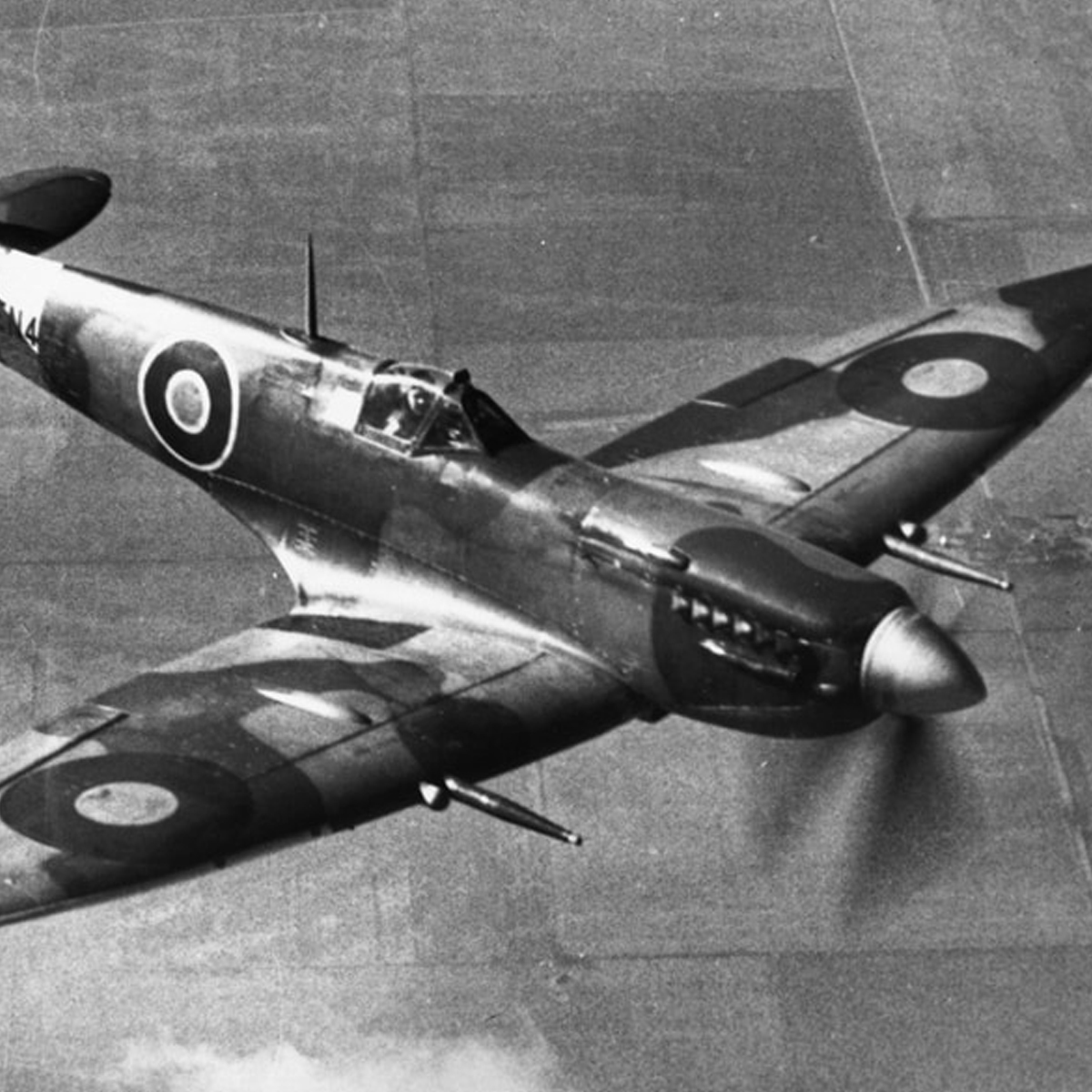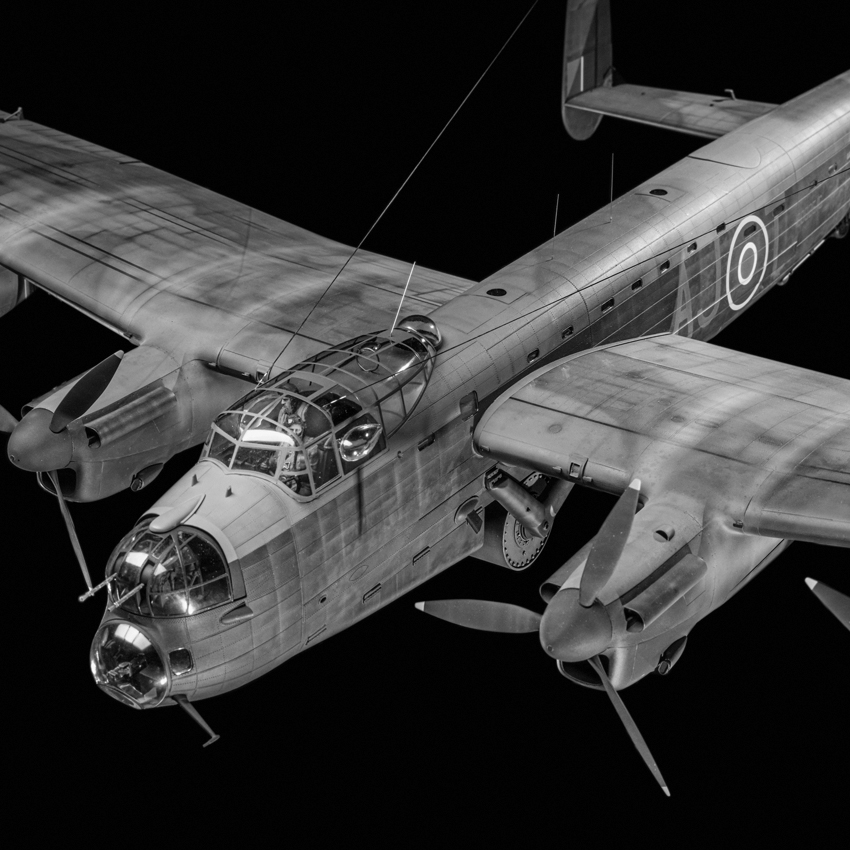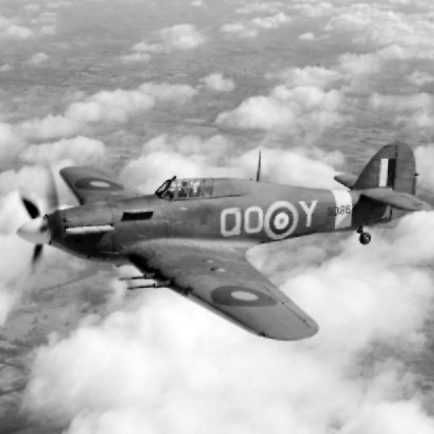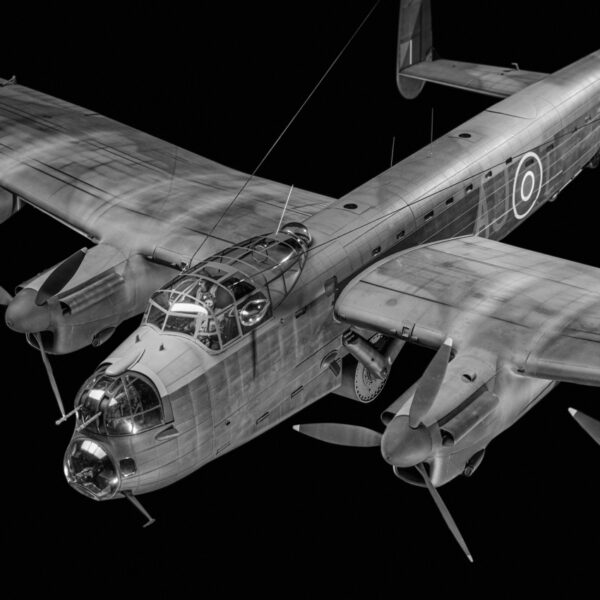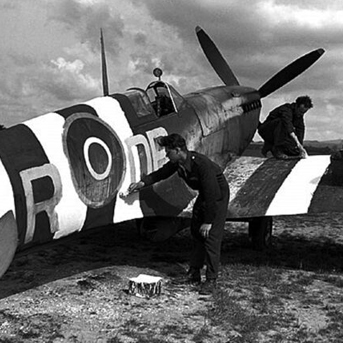LANCASTER BOMBER: ‘Right’ From the Start
The Battle of Britain of 1940 was bravely won but it had taken its toll. The RAF’s heroic pilots were exhausted and Britain’s historic cities had suffered heavily from the continuous Nazi bombing missions. By 1942 the time had finally arrived to take the fight to Germany, but what was needed? A tough warbird that could carry hefty munitions; reliably travel the cross-channel distance; out-manoeuvre flak and shake off the occasional hit; but most of all it needed to be made of British ingenuity and grit.
Described as the most iconic heavy bomber of WW2, the Avro Lancaster has always cast an imposing silhouette as it cut through white clouds of Britain’s blue skies. It is fitting that this iconic plane, part of the Battle of Britain Memorial Flight, is flanked by two of the most legendary fighter planes: the Supermarine Spitfire and the Hawker Hurricane.
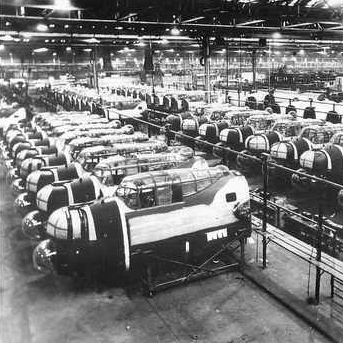
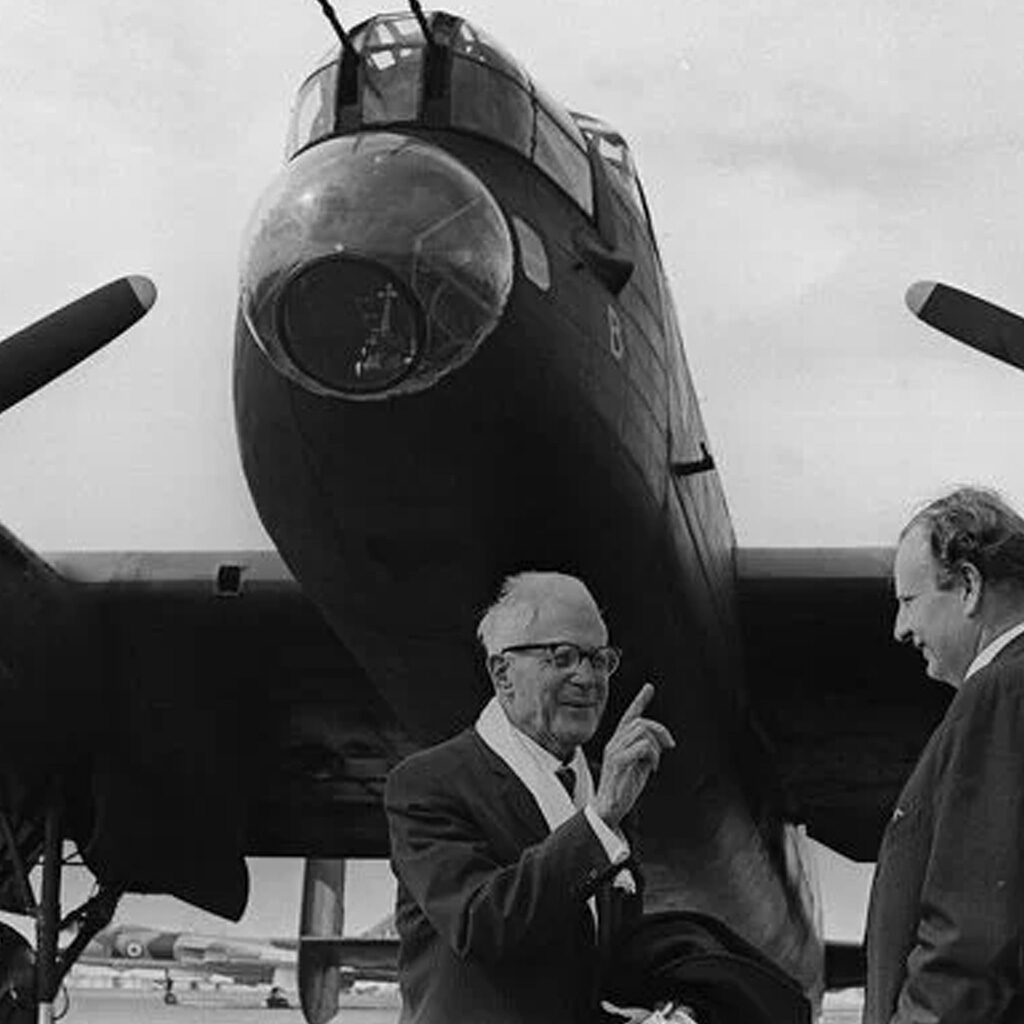
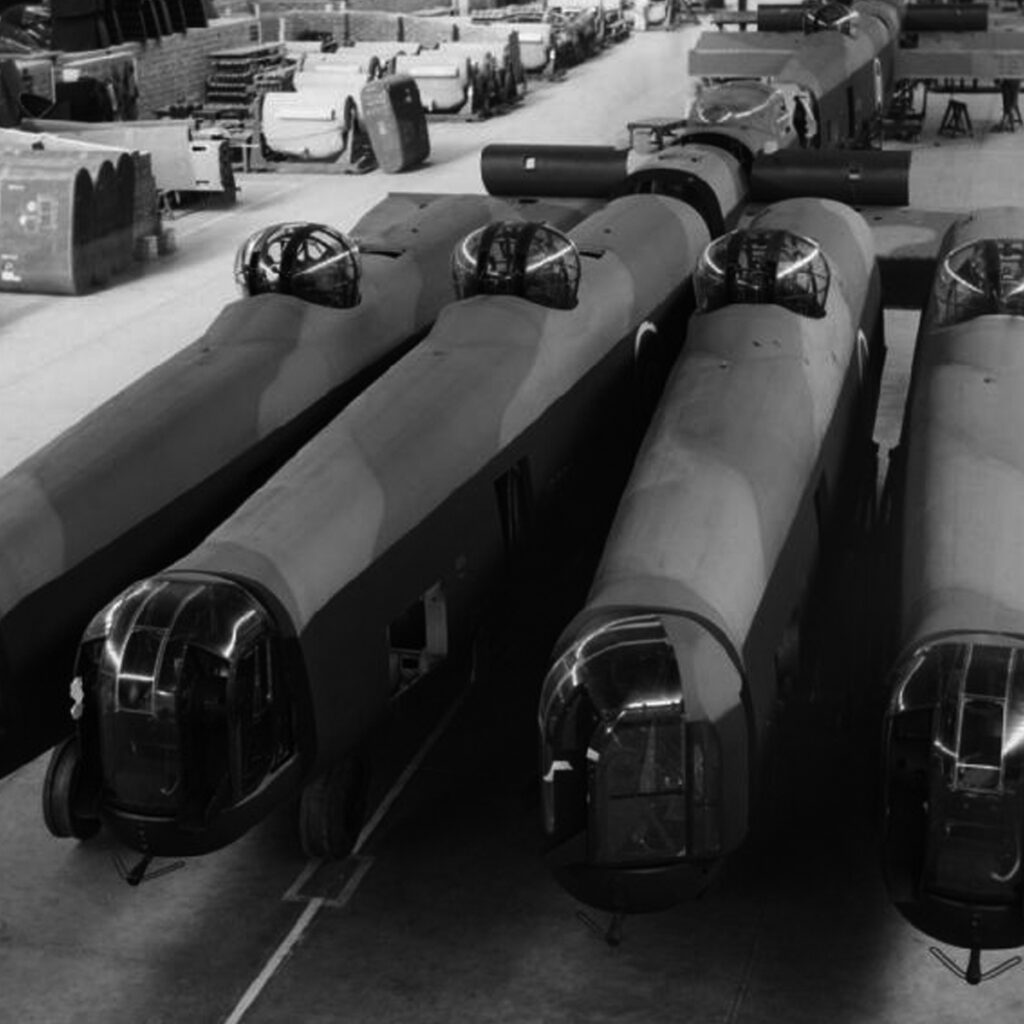
LANCASTER BOMBER DEVELOPMENT
Designed by British engineer, Roy Chadwick, A V Roe & Company’s Chief Aircraft Designer, the Avro Lancaster was born out of the Air Ministry’s request for suitable designs for a twin-engine medium bomber to carry two 18-foot torpedoes. The year was 1936 and Avro and Chadwick rose to the occasion basing initial designs around their Avro Manchester. From the start, balancing performance with the design requirements was a challenge. Chadwick quickly realised that the Rolls Royce Vulture engines and even twin Merlins did not provide enough power to make this bomber a high-performing aircraft. Innovative and tenacious, Chadwick began experimenting with design. Logically more power meant more engines, a thought not originally explored, but he bravely doubled up the Rolls-Royce Merlin V12s and calculated a colossal 31 metre wingspan to carry them. Chadwick had boldly created a four-engine heavy bomber and renamed it the Avro 683 Lancaster, not knowing that the ’Lanc’ would later be considered the most versatile and well-used bomber of WW2, clocking up over 156 000 sorties.
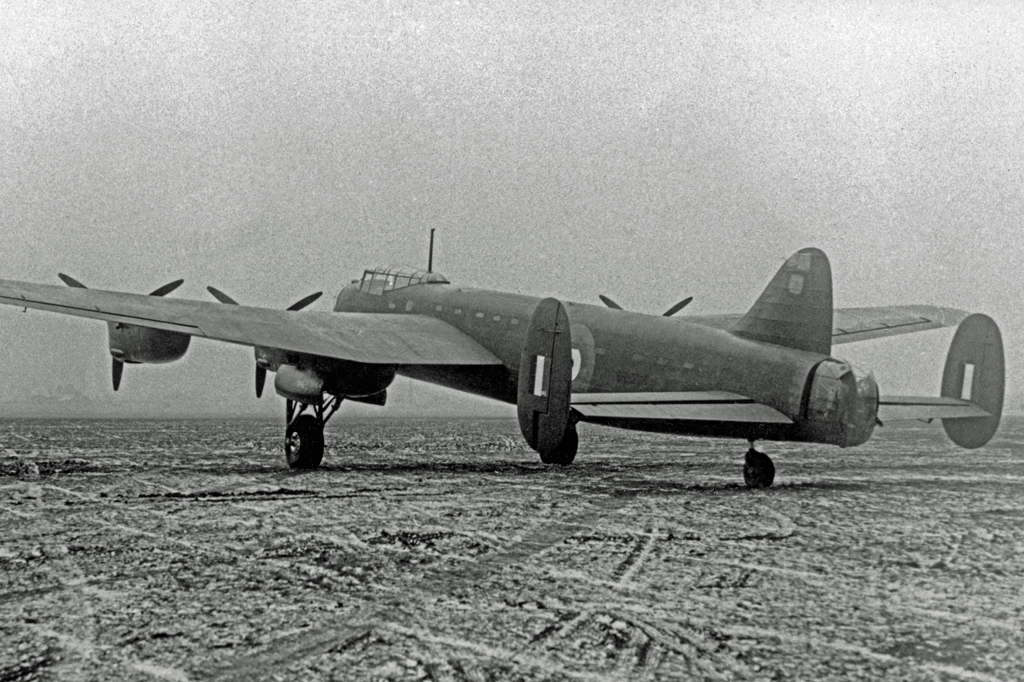
The first Lancaster prototype was flight ready by the latter end of 1940. On the 9th January 1941, ‘Bill’ Thorn, Avro’s Test Pilot took to the air at Manchester’s Ringway Airport. The flight was a resounding success with Thorn later describing the Lancaster as, ‘one of the few warplanes in history to be ‘right’ from the start.’ A high accolade. The reality, it was easy to fly, extremely reliable and was a tough bomber that could take considerable punishment in the air. At a top speed of 282 mph, it was fast and could carry a very heavy bomb load directly to Germany and back.
The Lancaster Bomber had arrived and it was ready to bring the fight to Germany.
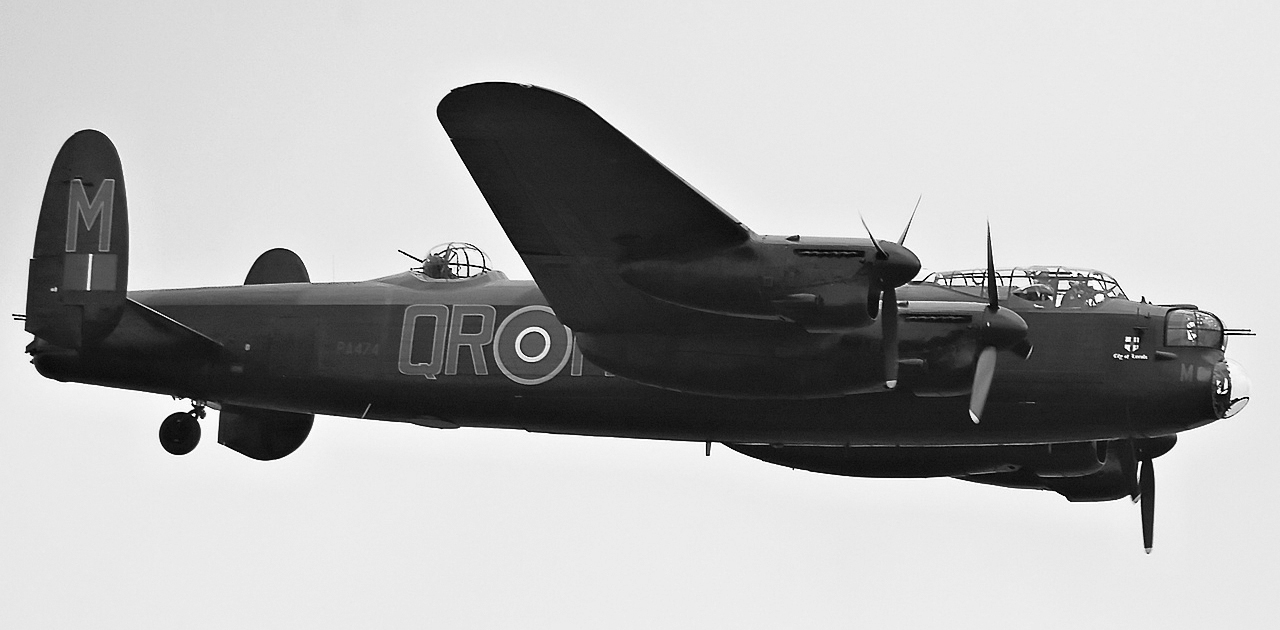
LANCASTER VERSIONS
First production version B.1 was designed as a night bomber however the Lancaster’s versatility was such that it was also an excellent daylight and precision bomber. It was these attributes that led the Air Ministry to consider it as the plane of choice for Operation Chastise, the infamous Dam busting raid planned to disrupt steel production in Germany’s Ruhr valley. Chadwick’s Lancaster was designed with a long and unobstructed bomb bay which leant itself easily to modification. It could hold significantly heavy bomb loads of varying designs. Barnes Wallis’ fantastical designs such as the colossal Tall Boy (12 000 Ib) and Grand Slam (22 000 Ib) earthquake bombs, created for bombing specific strategic targets were held by the Avro Lancaster B.1 Special. There were more than a dozen versions of the Avro Lancaster modified for different tasks as diverse as reconnaissance to air-sea rescue. But it was the Lancaster B.111 Type 464 (Provisioning) that was modified to carry the reverse spinning ‘bouncing bomb’- Upkeep. At first glance a seemingly ridiculous concept, but it’s precision engineering and mathematically sound development by the prolific inventor, Barnes Wallis, would turn the unusual into reality. But he would need the RAF’s Lancaster to carry it and the expertise of night pilots and well-trained crew to bring about the dam busting operation. 617 Squadron was purposely created for the mission under the leadership of charismatic and exceptional Wing Commander, Guy Gibson. Not knowing the full details of the Operation or exact location of the target the Squadron began intense training in low-level night flying and navigation. In parallel, Lancaster B.111 began modification to carry Upkeep and turn Operation Chastise into reality.
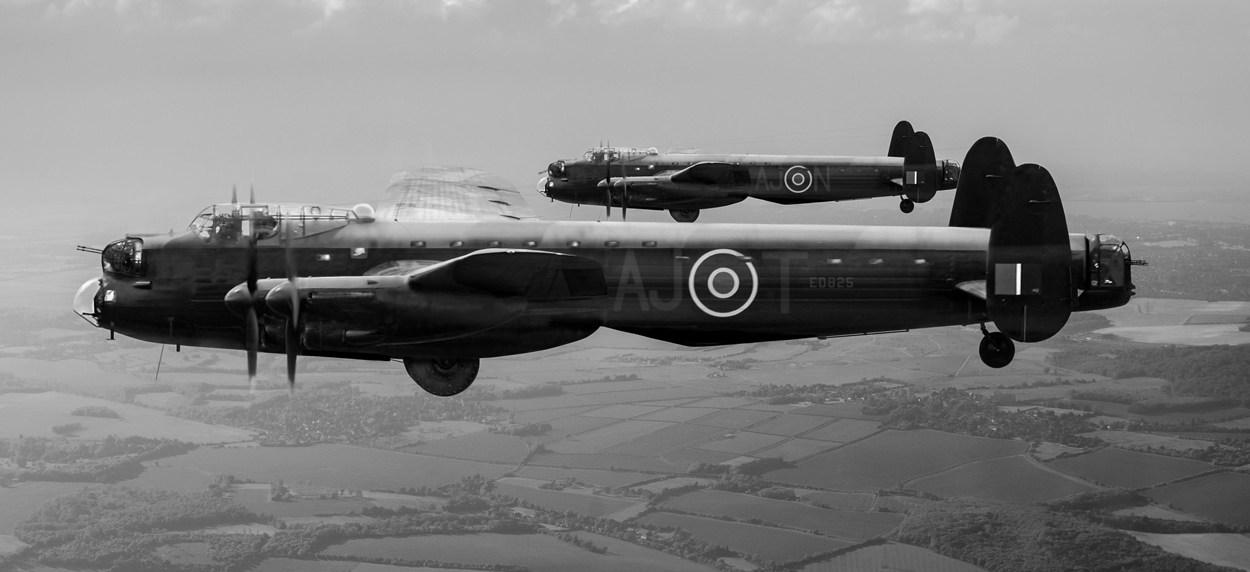
MODIFICATIONS FOR OPERATION CHASTISE
The ED series of Lancasters were constructed in sections at Newton Heath and Chadderton and then assembled at Woodford, Manchester. Tested by a pilot and engineer, small adjustments could be made before the Type 464s were flown directly to RAF Scampton where 617 Squadron resided. Nearly all modifications for Type 464 were made to the fuselage. The biggest and most obvious change being the removal of the lengthy bomb-bay doors, addition of the calliper arms to hold the Upkeep, and forward and rear fairings to streamline the empty spaces, reducing drag.
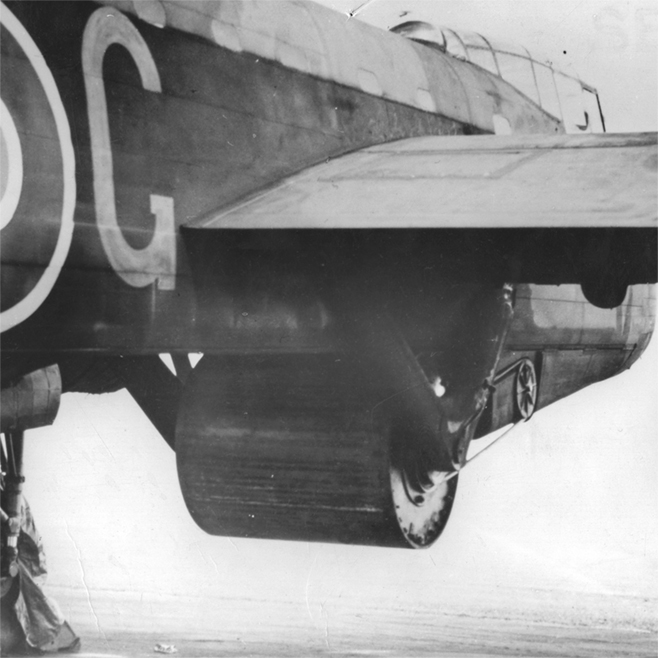
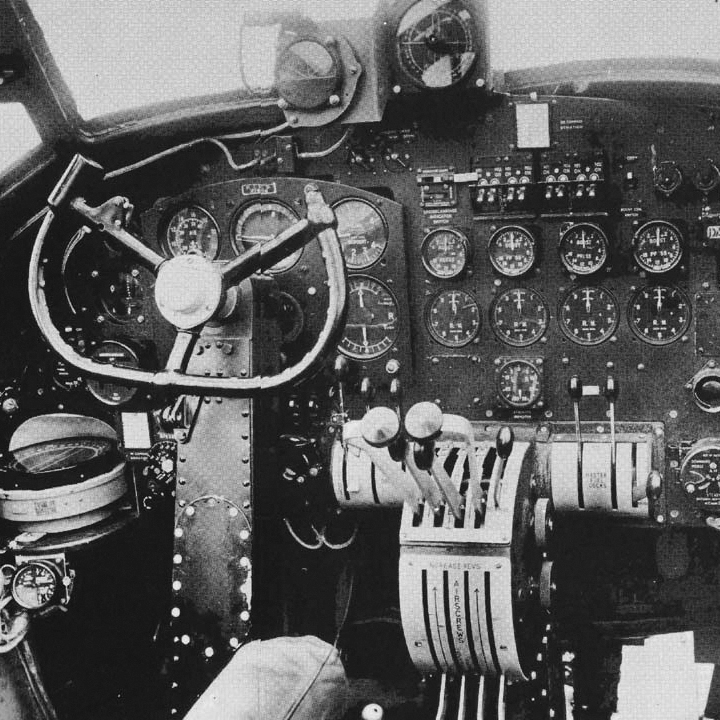
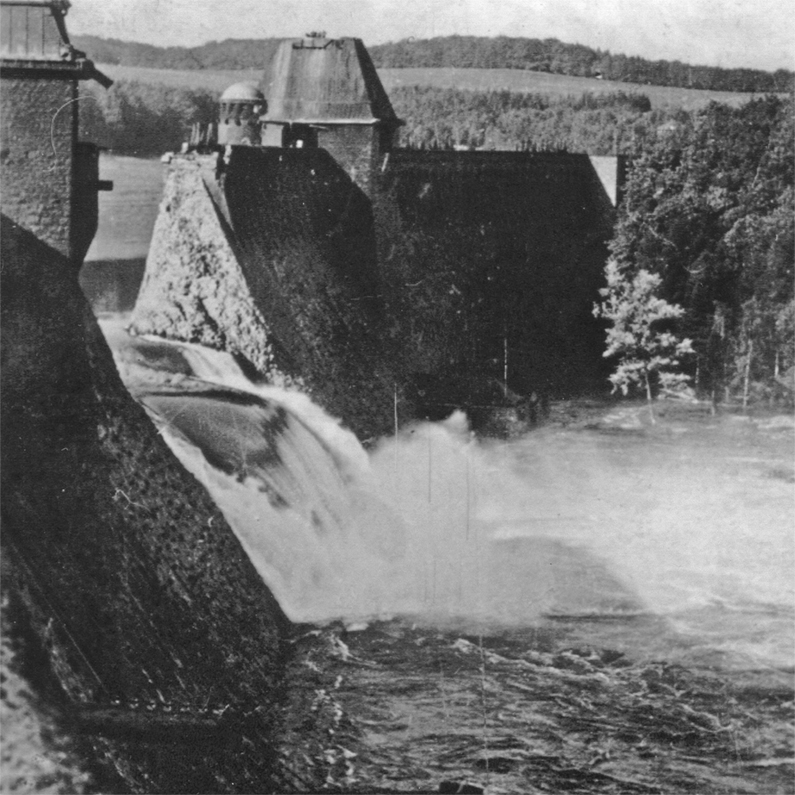
As the cylindrical Upkeep was not only a different shape to contemporary bombs but also had to be spun before release, Barnes Wallis and Vickers-Armstrongs developed a purpose-built mounting to be fitted to the Type 464. To allow the Upkeep to be spun to the required speed of 500rpm a Vickers VSG hydraulic motor was installed inside the forward fairing. This was attached to a drive wheel and connected to a hub on the starboard calliper arm. It was the Wireless Operator who controlled the spin using a simple T-shaped valve key. The hydraulic motor was turned on about 10 minutes before a bomb run and the speed of spin adjusted by turning it either anticlockwise to increase it or clockwise to decrease it. A transverse frame and beam, mounted between the calliper arms, held the bomb release mechanism. To drop the Upkeep the Bomb Aimer could push an electrical button to open the jaws of the bomb release unit. Leaving nothing to chance the pilot also had a secondary button to release the payload. Precision and accuracy of this mission was key to success so an ‘optical altimeter’ was installed, utilising front and back spotlight beams on the calm surface of the Ruhr lakes to determine the height of the bomb-run. An extra altimeter designed for low-level flying was also fitted, with an additional needle displaying hundreds of feet.
LANCASTER ACHIEVEMENTS AS A STRATEGIC BOMBER
The Avro Lancaster was a success since its introduction to RAF Bomber Command in February 1942 but the Dam Busters raid which took place on the night of the 16th/17th May 1943 brought it fully to the attention of the British public. It was a morale boosting success, taking the fight to Germany through strategic precision bombing of the dams in the Ruhr Valley. With the Möhne and Eder dams breached during the raid, the vast floods disabled a significant part of the Nazi war industry, destroying two hydropower stations and damaging five others. Steel production for the Nazi war machine was halted.
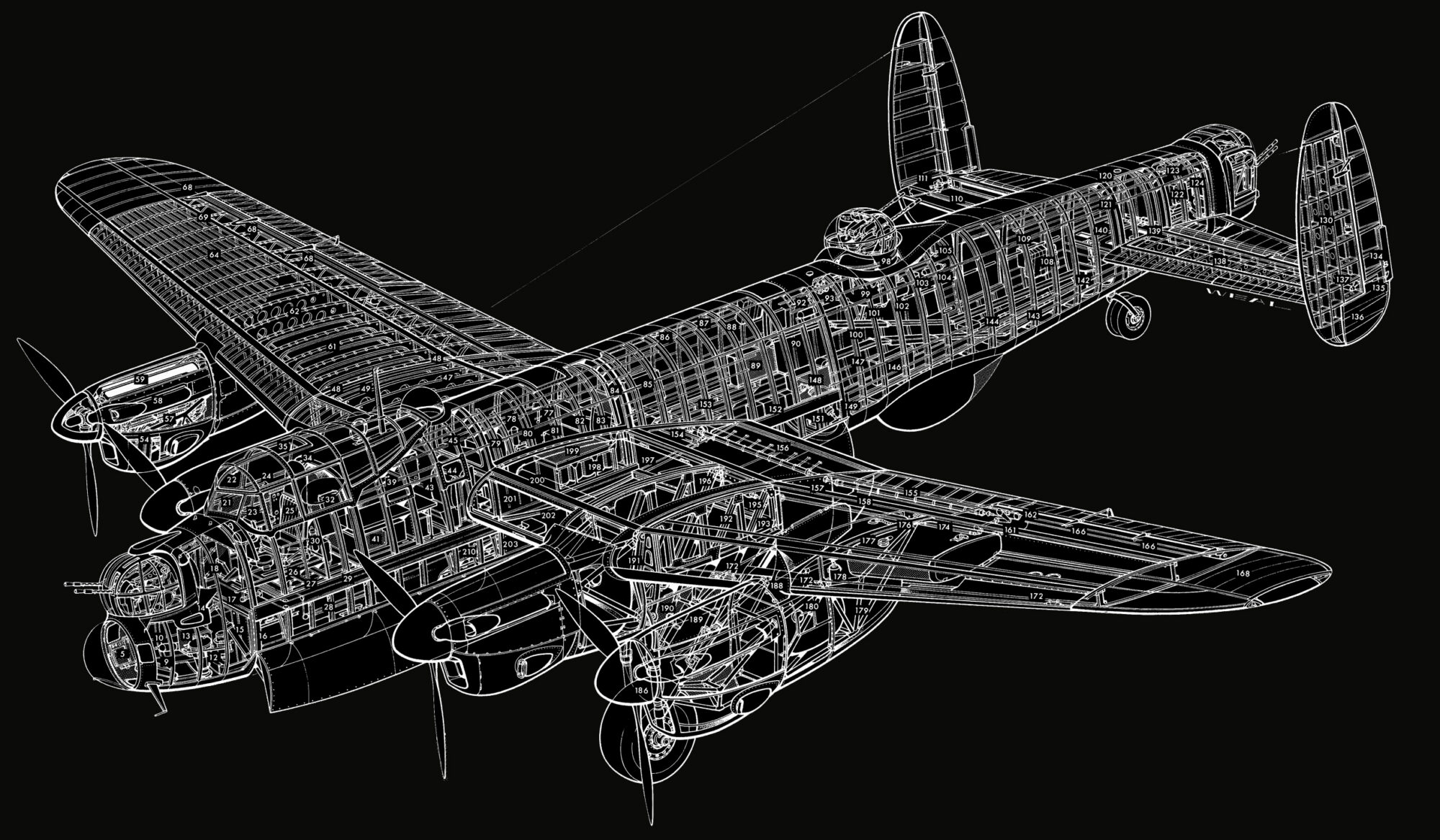
Proven as a strategic bomber the Lancaster took part in continuous raids on Hamburg’s shipyards and U-Boat pens in Operation Gomorrah (July 1943). In November 1944, Lancasters of 617 Squadron famously conducted a series of raids which sunk the infamous German battleship Tirpitz in a Norwegian fjord.
The Lancaster saw action in almost every significant bombing raid in the European Theatre of Operations (ETO) and joined the humanitarian effort of Operation Manna in April 1945 – more than 3300 sorties dropped food to the starving Dutch citizens of German-occupied Netherlands.
Versatile, tough and unrelenting, the Avro Lancaster deserves to be celebrated 80 years on for its integral role in WW2 and the legendary dam buster raids of 1943.


